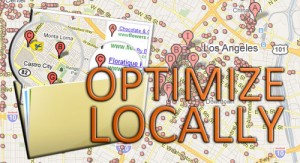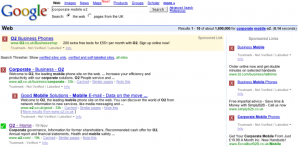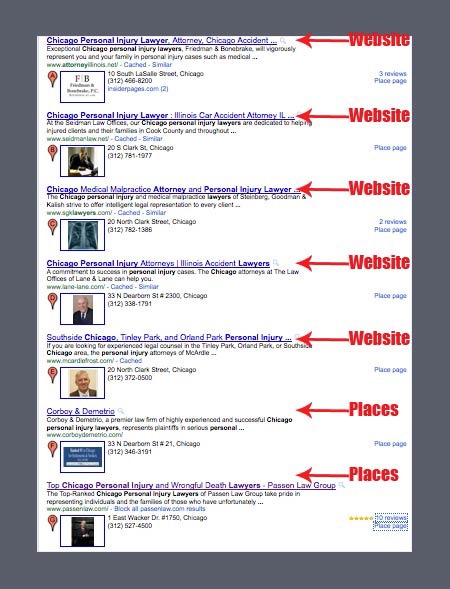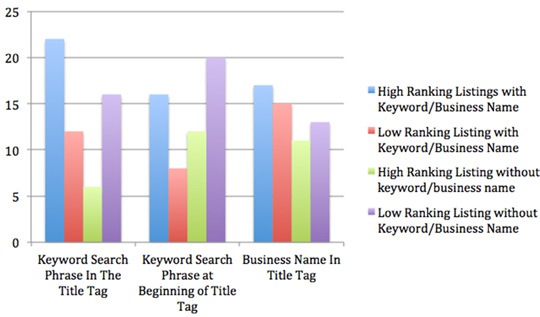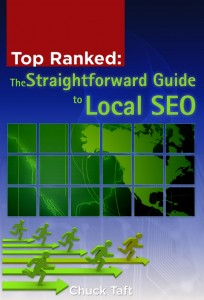Wednesday, August 17th, 2011
So much information, so little time. People often ask me, as a local Asheville SEO expert, how they can organize and stay on top of all the news that’s out there and comes in to them like a flood?
Below you’ll find five methods to help aggregate the news that’s important to you. You can find many more such tips and other important local SEO information in my new book ‘Top Ranked: The Straightforward Guide to Local SEO’
Some of these have been around for a while, such as Techmeme, but newer apps are also finding ways to leverage our social networks, focus on personalized and curated content, and enable DIY digital papers. I’ve organized the sections under the method by which news is aggregated.
Succinct News By Industry
Gabe Rivera’s Techmeme has been around for more than five years. It’s a go-to destination for a quick snapshot of the day’s top technology headlines. By using a combination of computer algorithm and human editorial review, the news aggregator highlights the hottest technology stories from around the web, as well as noteworthy tweets, all on a single page.
While Techmeme focuses on technology, its sister sites contribute additional resources: Mediagazer aggregates media news, memorandum tackles politics, and WeSmirch covers celebrity news. A great feature about all these sites is that they let you see how other outlets are covering a particular headline.
DIY News Aggregators

Flipboard is news-reading app that lets you create your own personalized news aggregator by incorporating your preferred sources, blogs and social networks.
Flipboard aims to emulate the experience of flipping through a magazine by presenting the content in a similar format. As you open Flipboard, you’re greeted by a content page of several blocks, each representing a section you can create (i.e. Facebook, Twitter, Google Reader or Tech News). Tapping on a block loads excerpts of that section’s content into a grid-like, visually pleasing, easy-to-read format. Depending on what sources you added, the excerpts may include images, videos or article excerpts. If you tap on an excerpt, the article will load its full version. Swiping the page lets you move to the next article, emulating the experience of flipping through the pages of a magazine.
Flipboard also enables you to retweet articles or share your thoughts via social networks, making it a “personalized, social magazine.” What I love about Flipboard is that it essentially acts as a hub for all the news I want to read, by letting me personalize by news source – be it a certain publication, an RSS feed in Google Reader or a Twitter list. For now, Flipboard is only available on the iPad.
News Curated from Your Social Networks

Since most major news outlets are connected to social networks, they can be easily organized by topic into lists, newsfeeds or circles on Twitter, Facebook and Google Plus, respectively.
LinkedIn Today is an example of news curated based on what your social networks are sharing. Launched in March 2011, LinkedIn Today is LinkedIn’s news recommendation service, curating stories it predicts will be most relevant for you.
Its recommendations are calculated by an algorithm that accounts for the news currently being shared by your LinkedIn connections in addition to the news being shared by related industry professionals. LinkedIn Today features more than 30 industries you can follow, such as public relations, semiconductors and computer software. For each industry you follow, LinkedIn Today will display the top handful of stories, the number of times the story has been shared, and who in your network has shared that story. It also lets you know if a story is trending in other industries that LinkedIn tracks, which enables you to determine cross-industry impact.
Particular noteworthy about LinkedIn Today is its focus on leveraging social networks. I pay attention to the links extracted by LinkedIn Today because they feature links shared by people I care about and trust.
Personalized Keyword-Specific Channels
When monitoring client-related and industry news, I subscribe to several Google Alerts that get sent directly to my inbox. In addition, I make specific news channels from of these keywords via aggregators like Google News and
The Washington Post’s Trove, which lets you add a section/channel based on specified keywords.
Keyword-specific channels let you create your own personalized news channel for a specific topic that may not be easily accessible elsewhere. For example, I have an alert for “parallel programming” because few news outlets dedicate a section solely to this topic.
Industry-Specific, Customized e-Newsletters
Each morning, I love getting my (digital) hands on the SmartBrief newsletters delivered to my inbox. SmartBrief delivers a free daily summary of the most important industry news. Its editors hand-pick the top headlines from a variety of sources, and then summarize each story.
SmartBrief provides more than 100 email newsletters spanning 25 industries, such as business, technology, finance, education, healthcare and advertising. My favorites include social media, computing technology and education technology. I work across different industries such as education, computing and telecommunications, and each morning SmartBrief newsletters help me stay smart, save time and stay on top of industry news.
Conclusion
Which type of news aggregator is the best? It all depends on your needs and preferences. Do you prefer to receive your news via email, to spend time curating your own digital paper, or to check out the links your social networks have shared? I incorporate each of the above methods into my daily reading habits in one form or another, as I move between my inbox, iPhone and various social networks.
Which types of news aggregators do you use?
Chuck Taft is an Asheville local SEO expert.

